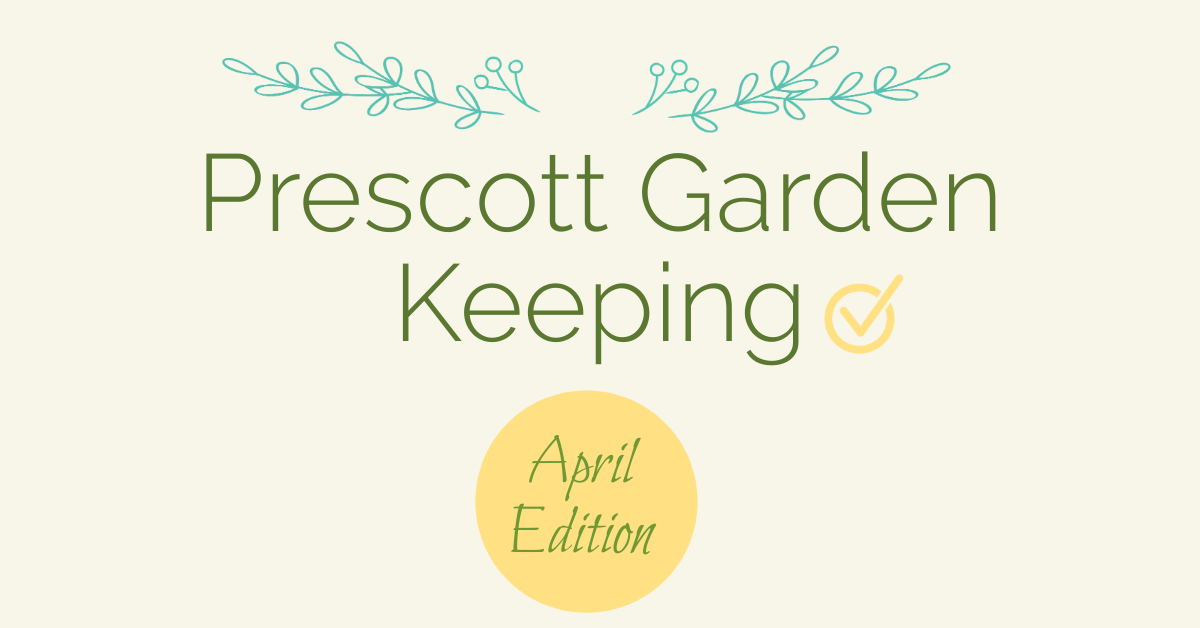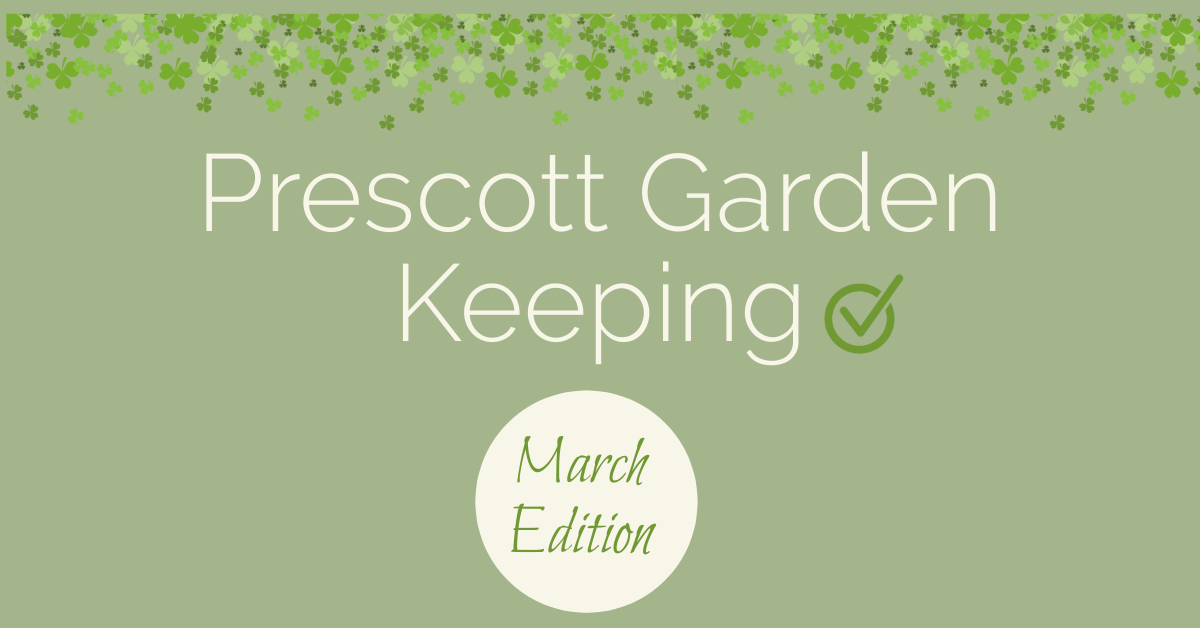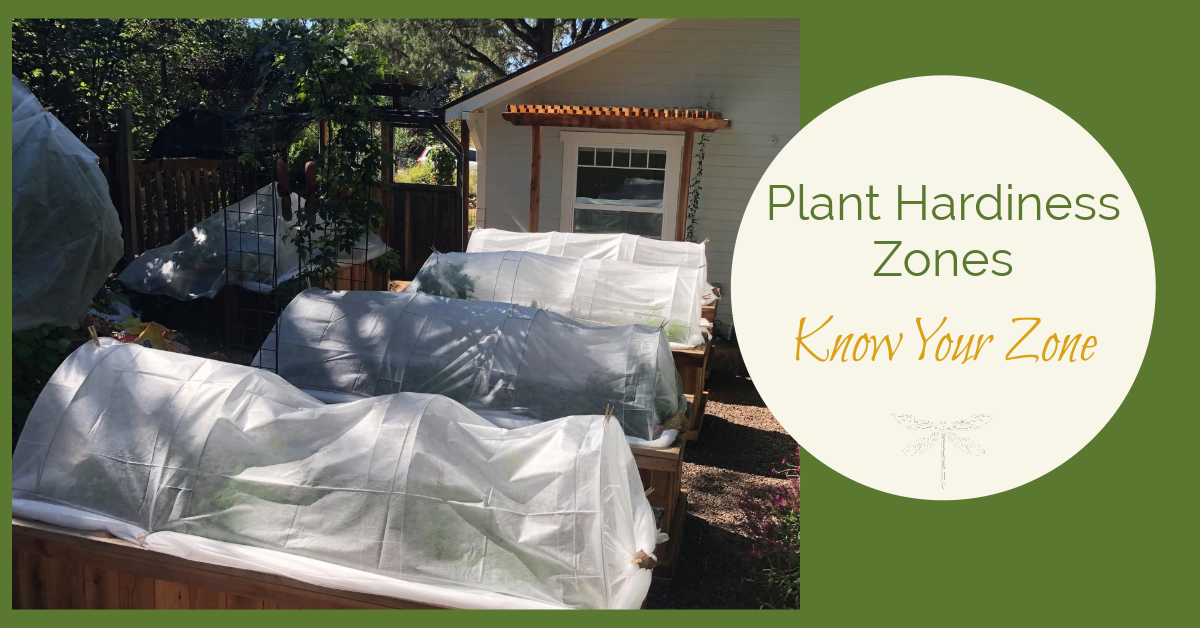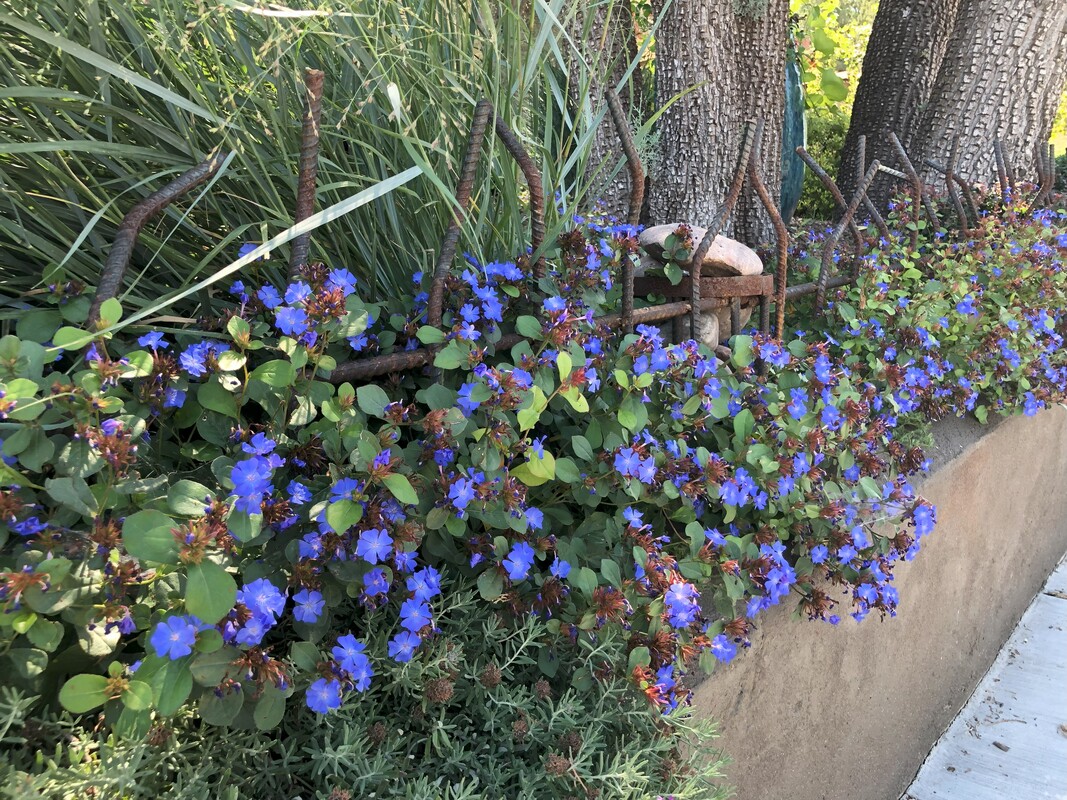|
July is about general tending, pest and water management. And if you are lucky, this is the beginning of some harvesting too.
Most years we are into our monsoon cycle early in the month, and with that comes the daily/weekly dance of backing off on your automatic drip schedule when appropriate... and not forgetting to turn it back on if there's a break in the rain storms! Even with a rain sensor, which helps make that easier, I've found that I need to pay close attention to newer plants that might still need a bit of hand watering after a storm, when the rest of the system is on delay. If you've been keeping up with the monthly checklists so far, then you should find that July is quite a bit less heavy on the big tasks. And just more about spending time in your landscape every day and tending to the little things that need doing.
2 Comments
Happy May Day. In many parts of the world, May 1st is traditionally the beginning of the summer season. Of course, it's still really spring here in the high country - and technically the summer solstice isn't until mid-June.
Good news! May is about planting and blooms and birds and pollinators. We still have high chances of overnight frosts which can zap the life out of tender annuals, and newly planted perennials that are very young. So, it's wise to keep an eye on the forecast and keep your frost fabric handy until about May-15th or so. And, ironically, May is one of our drier and hotter months. So that means that getting your watering system going and keeping it well maintained is a priority now, as well as mulching and shade. Our sun is intense up here in the mountains - my big tip for you this month: Remember that although many plants are considered sun loving in general, that may not mean full, unfiltered sun in our climate at 5,000-6,000 feet elevation is ideal. Just a quick post here today. Thinking about Earth Day which comes up in a few days. I applied organic fertilizer in my kitchen garden and landscape this weekend. It's a tiny ... stinky. In a good way, at least I think so. My husband asked me if something died in the garden, haha. After I realized that I could still smell the soil and the "organic-ness" of my garden, even at the neighbors' house, the next couple days, it got me thinking. Why do some folks think it smells bad, while others (at least me) find it settling and wonderful? I'm not sure I have the answer to that, but I really enjoyed this recent article from The New York Times about The Health Benefits of Getting in the Dirt. And I wanted to share it with you. Let me know what you think! Maybe go make a mud pie if you don't keep a garden 🤠... Happy Earth Day! ~Miriam Spring in the high country is nothing if not confusing. Right?
My tulips are still going strong and everything else is starting to leaf out now. That gorgeous, pristine green and bronze is just so magical. One day it's definitely spring, and then we wake up to 2 inches of snow and blowing, cold wind the next morning. But hang in there. The good news is that my April list isn't as crazy long as the March list was. That's assuming you ticked everything off for March! My big advise for April is essentially the same as March -- resist! Resist the urge to plant out tender annuals or young perennials that aren't cool season growers until we are past our last frost date. And for some it's hard to believe that is actually not until May (Mothers Day). Winter will still be visiting here and there for the next couple of months. Nights are still at or below freezing often, and our last frost date is usually around Mothers Day in May.
But March is here and we've got some serious checklists to start tackling! So, this is getting to be a long one, but some of what I've got listed is just a reminder from last month (to wrap it up). And everything you do now will pay off as the season progresses. We will have those warm t-shirt days and front porch happy hour evenings. But don't jump the gun and start putting out tender plants until May - if you can stand it! A few days ago I was chatting with a local friend who was sharing how she "could not wait" to get going with her annuals in her garden now that it was starting to warm up.
I know the feeling! That's why winter here is typically so pleasant... even though we get those snow storms and cold, grey days we are blessed with these breaks where the sun shines and the air warms just close enough to sweater weather that you feel like spring is on its way. But, it's only the first week of February. Don't be fooled. We will still have winter lows and weeks here and there of full-on winter weather for a couple more months. And our last frost date is right around Mother's Day. It was hard to break it to my friend who was so excited and from Minnesota. The consolation is that there is a ton of fun pre-season stuff to work on right now to get everything ready for the season. During this "dormant" season, don't be fooled into thinking that there's nothing going on in the garden over the winter! In fact, while the pace slows down significantly, this is often the best time to build the basis for a hugely successful and healthy landscape in the coming season. Plus, spreading out the work over several months makes it a bit less taxing on you. After working with a client to design and create a stunning garden or landscape, I check in often. More often initially, and then a bit less frequently through the first year.
The success of a landscape is really mostly about a fantastic design, and then the ongoing maintenance of it over the long haul. While the installation is often the most exciting step in the process, it's not going to be successful unless it's cared for properly every month and for the years to come (and well designed in the first place). We don't do garden maintenance at The Whiskey Porch, but I wanted to put together a series of garden keeping checklists to help keep you on track. Whether you are going to do it all yourself, or bring in a maintenance crew to do much of it for you, these monthly guides should be useful to you if you live in and around Prescott, AZ. After working with a client to design and create a stunning garden or landscape, I check in often. More often initially, and then a bit less frequently through the first year.
The success of a landscape is really mostly about a fantastic design, and then the ongoing maintenance of it over the long haul. While the installation is often the most exciting step in the process, it's not going to be successful unless it's cared for properly every month and for the years to come (and well designed in the first place). We don't do garden maintenance at The Whiskey Porch, but I wanted to put together a series of garden keeping checklists to help keep you on track. Whether you are going to do it all yourself, or bring in a maintenance crew to do much of it for you, these monthly guides should be useful to you if you live in and around Prescott, AZ. When thinking about your garden and landscape, it's common to want to grow and enjoy plants that you are accustomed to. Either from where you most recently lived, or from where you grew up. We all have that nostalgia for a familiar landscape. But, one of the most frequent questions I hear from newcomers to the Prescott, AZ area is that they struggle with finding the appropriate plants that will not only grow, but thrive and become well established without a lot of fuss. One of the core refence tools for gardeners and landscape design, is known as the USDA Plant Hardiness Zones. There is also an index by Sunset Magazine, and then there are climate and heat tolerance zones as well. Lot's of different indicators that can be helpful, but for this post I am going to focus on the USDA Hardiness Zones. My advise: Know and embrace your garden zone! Keep reading for all the details.
Quick post here!...
I had an almost 100 year old cracked retaining wall along the sidewalk. So, about 3 years ago, I planted about 90 plugs - of 3 different creepers and trailing plants to mask the state of the wall. One of those was Hardy Plumbago, which has settled in nicely, and while it's gorgeous all year, it really shines in the autumn. And it is doing it's job to help us all ignore the old wall. Here's a quick little video to give you a feel. Enjoy. Thanks for checking this out. Let me know what you think! ~Miriam Looking for more? |
AuthorHey there. I'm Miriam ~ and I've been doing this my whole life. It's my passion. Categories
All
|












 RSS Feed
RSS Feed


